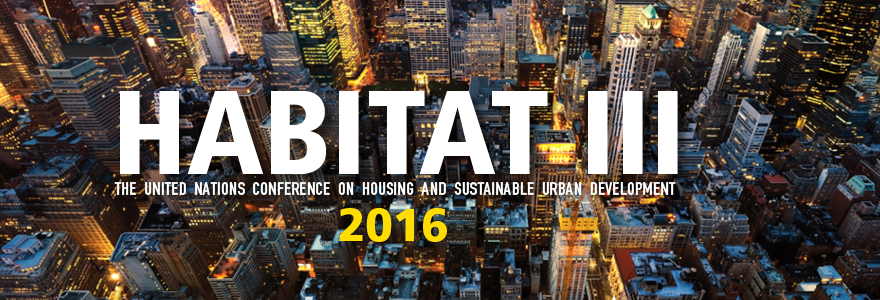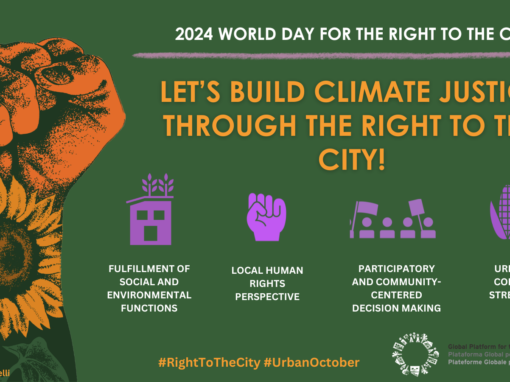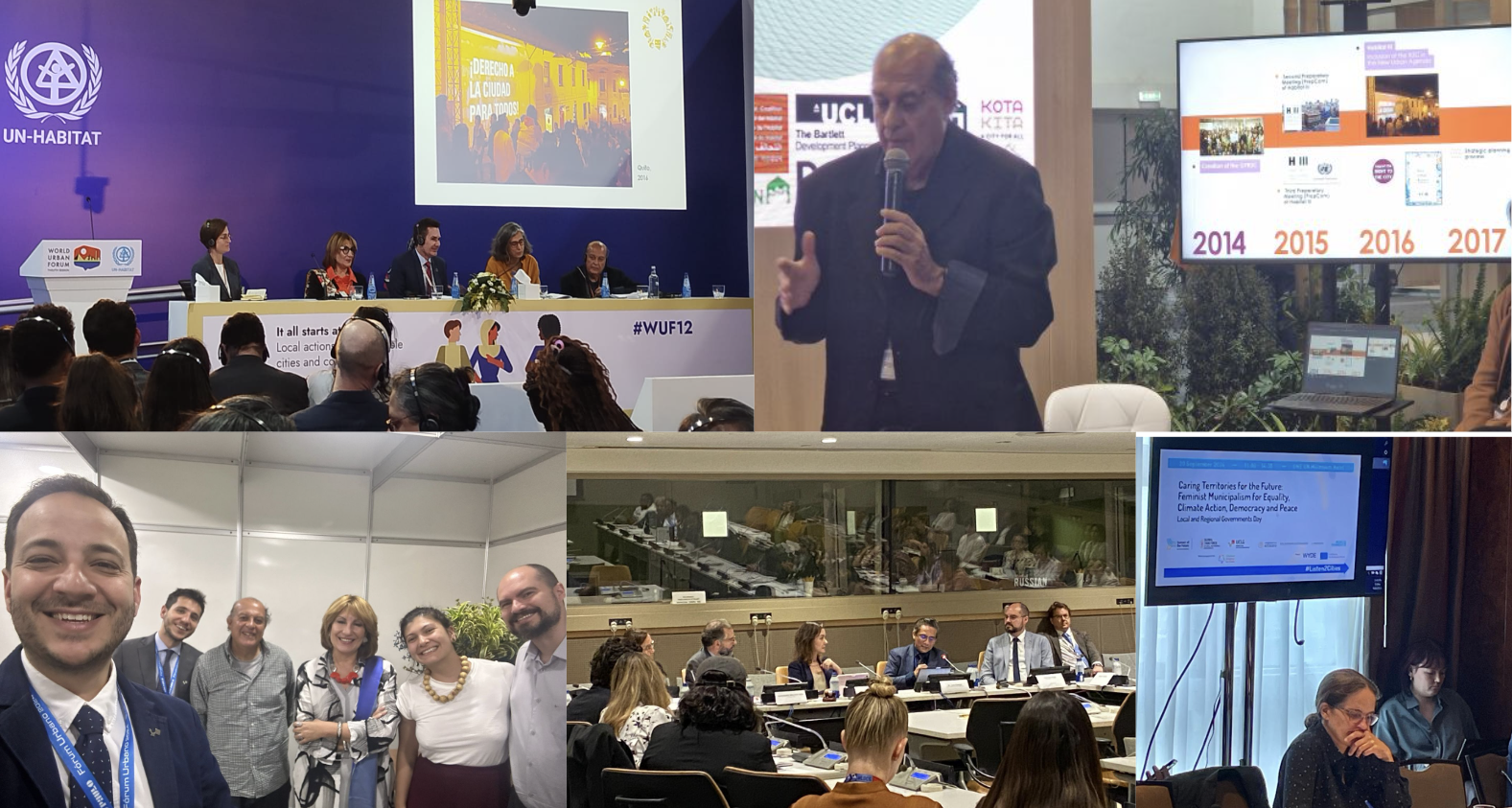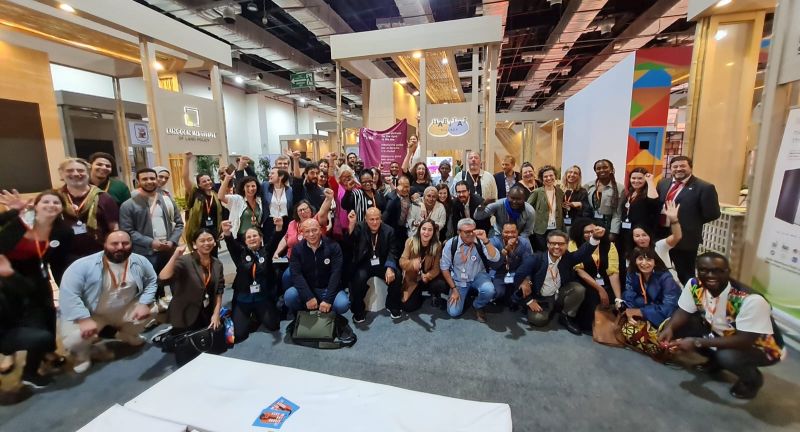By Greg Scruggs (Citiscope)
NEW YORK — Following two months of delay, the organizers of next year’s Habitat III summit on urbanization have made public the list of 200 individuals who will make up key thematic expert groups for the drafting of the New Urban Agenda, the 20-year strategy that will come out of the conference.
Each of these individuals, drafted from the worldwide ranks of experts in housing, planning, architecture, design and urban development, will provide targeted recommendations on one of 10 topic areas. Their work will form the backbone of the New Urban Agenda, ideally by providing a set of policies, ideas and guidelines that U. N. member states will adopt in order to set a global strategy for sustainable urbanization for the coming decades.
Finalizing the composition of the policy units has repeatedly blown by deadlines. National governments and stakeholders submitted hundreds of nominations over the summer, and the announcement on who would make up the policy units was expected in early August.
But the process of confirming each expert’s availability and willingness led to considerable delays. By early September, 90 percent of the experts had been confirmed, according to the Habitat III Secretariat, but those needing a replacement required much more time. The selection process also stipulated a strict balance by gender and region, which hampered the secondary search to fill the remaining slots.
Despite the two-month delay, the policy units will be expected to adhere to the pre-existing schedule. Now that their work can commence in earnest, the experts will be mandated to meet an end-December deadline to prepare the first draft of their reports, which are to be finalized by early February.
Still, they won’t be starting from scratch. The experts’ work will use as a jumping-off point at least two components that have already resulted from the Habitat III process: the 22 technical “issue papers” that were produced by agencies across the multilateral system earlier this year, as well as the government and stakeholder reactions to those papers submitted over the summer.
Certainly many of the experts say they are ready to go.
“This is a singularly critical moment to advance national urban policies around the world,” said Tom Dallessio, publisher of Next City, who serves on the unit looking at national urban policies. “Serving on this policy unit in advance of Habitat III will enable me to share knowledge and explore opportunities to shape a New Urban Agenda for both the USA as well as for countries around the world.”
The range of policy units is broad, from core issues that reflect past Habitat conferences, such as housing and national urban policies, to more recent concerns such as the “Right to the City”, urban ecology and resilience.
Mary Rowe, vice-president of the Municipal Art Society of New York, serves on the unit that will focus on the socio-cultural urban framework. “What makes cities vibrant and dynamic — and fundamentally resilient — is their unique ‘culture’, reflected in communities, neighborhoods, cultural and civic assets,” she said. “This policy unit needs to develop strategies and action plans — a framework — to engage city dwellers in defining the contributors to city livability, and how to protect and enhance them.”
Each policy unit is composed of 20 experts and will be led by two international organizations, which will be elected. (Terms of reference are available for both the experts and the lead organizations.) The individuals who will fill the expert spots, along with their background, can be found here:
- The Right to the City and Cities for All
- Socio-Cultural Urban Framework
- National Urban Policies
- Urban Governance, Capacity and Institutional Development
- Municipal Finance and Local Fiscal Systems
- Urban Spatial Strategies: Land Market and Segregation
- Urban Economic Development Strategies
- Urban Ecology and Resilience
- Urban Services and Technology
- Housing Policies
– See more at: http://citiscope.org/habitatIII/news/2015/10/habitat-iii-policy-units-experts-announced#sthash.tby6QyVy.dpuf





